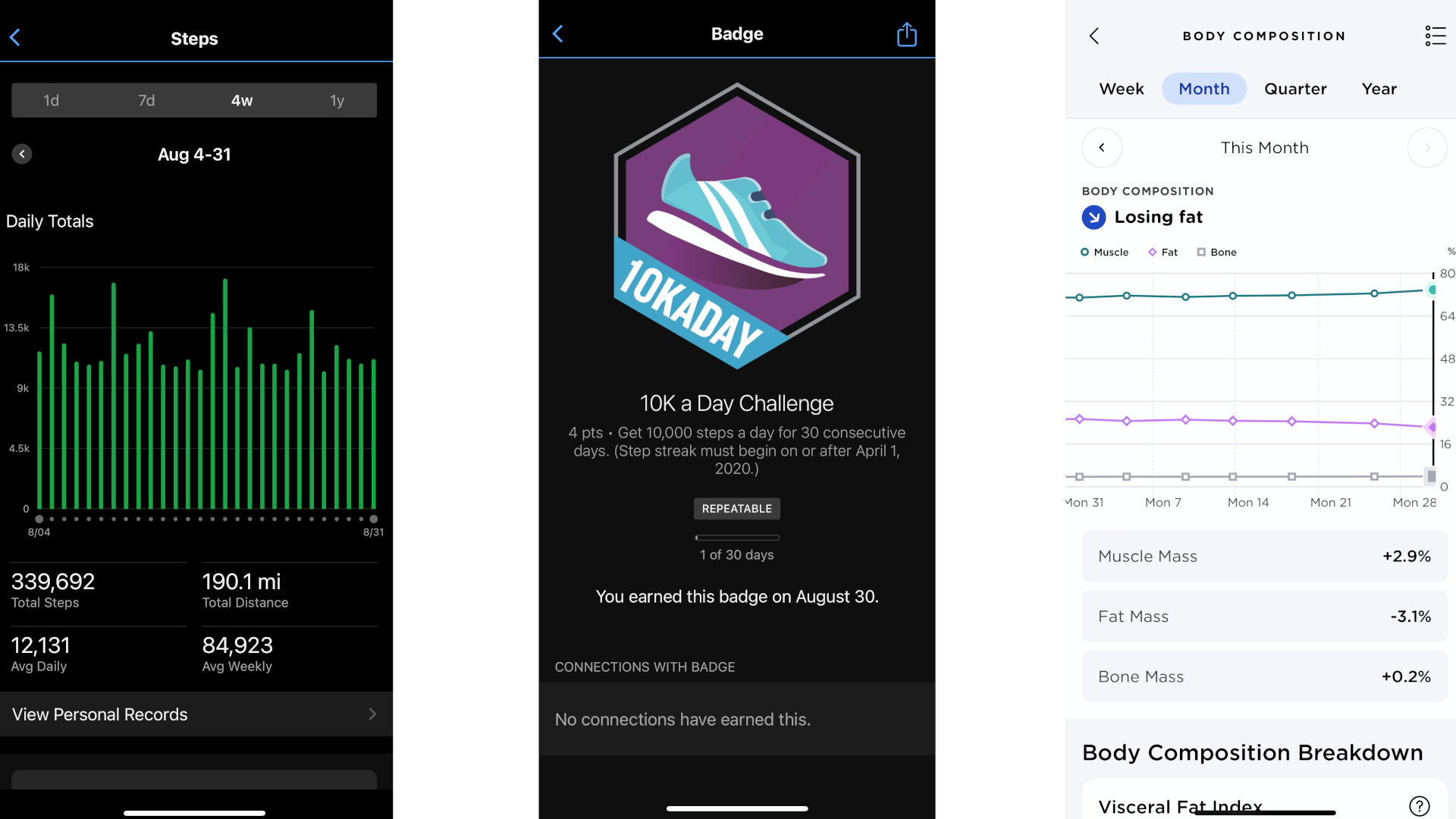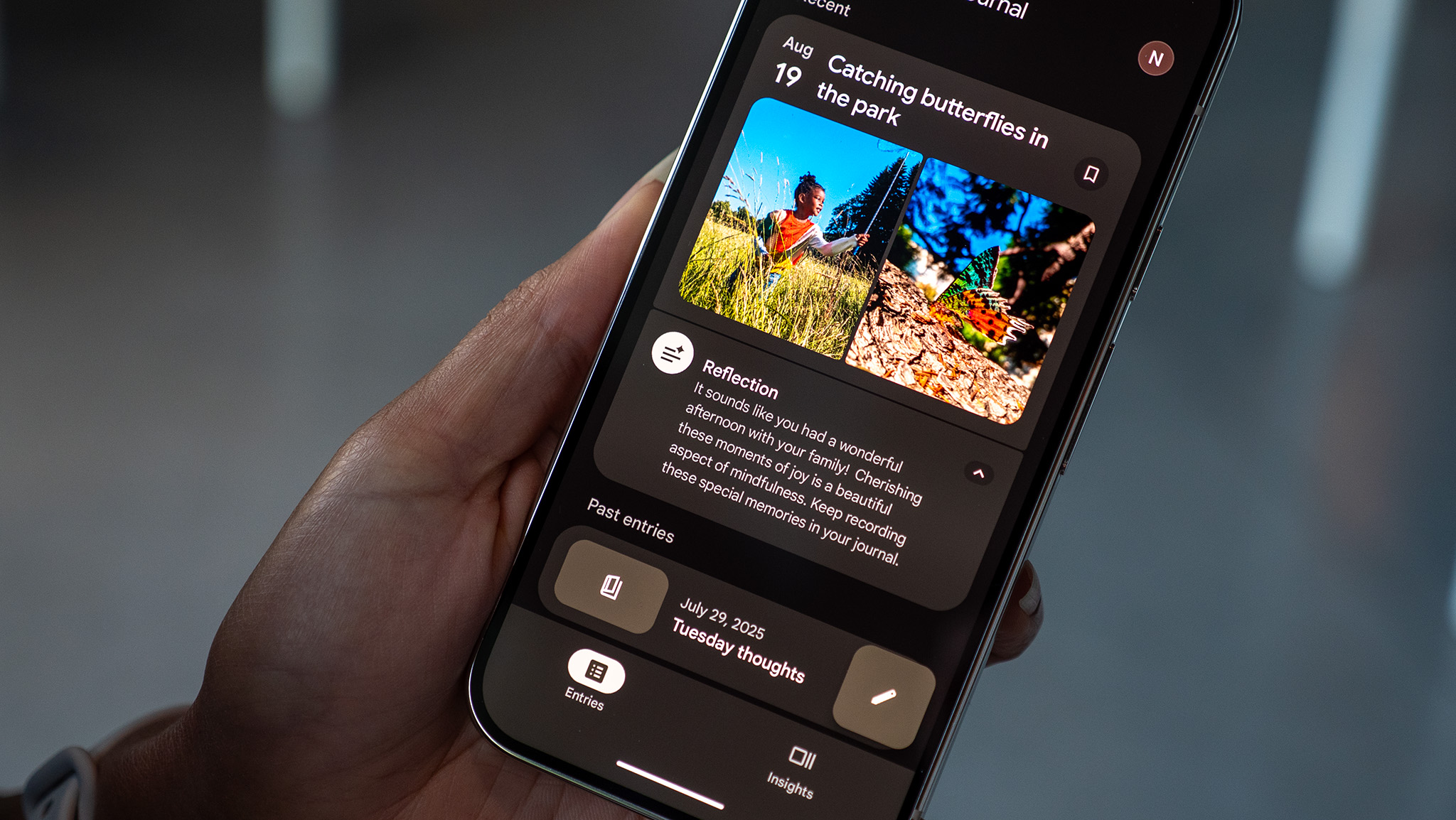I walked 10,000 steps a day for a month. Here’s what happened
Do you need to walk 10,000 steps a day? It depends on your age and fitness level. But in my case, I really did get healthier.
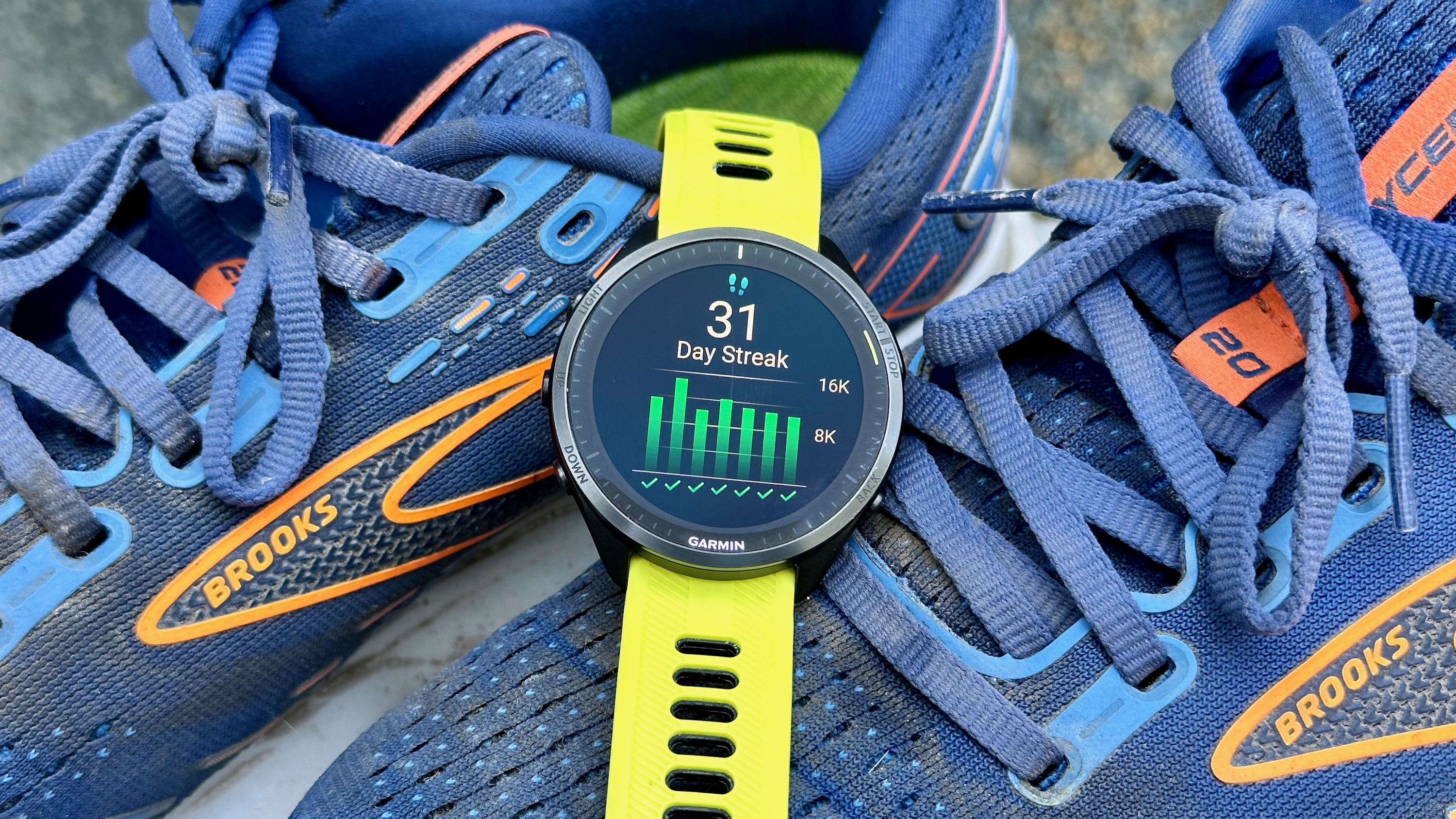
For all of August, I decided to walk or run at least 10,000 steps a day, every day. By August 31, I'd hit 376,000 steps in total (or about 12,100 per day on average). The question is, does walking this much every day actually matter for your health? And how many steps do you actually need?
Since moving from New York City to California, I've spent a lot of time indoors, thanks mostly to (A) the pandemic and (B) my work-from-home writing job. My daily step average has been closer to 5,000, dragged much higher than the reality by my 2–4 runs per week that go well beyond 10,000 steps.

In this weekly column, Android Central Fitness Editor Michael Hicks talks about the world of wearables, apps, and fitness tech related to running and health, in his quest to get faster and more fit.
My body had no proper middle ground between sitting and running. So, armed with my trusty Garmin watch, I decided to see how much of a positive impact a daily walking routine would have for someone who has mostly remained sedentary.
Turns out, walking 10,000 steps a day had a significant impact on my weight, resting heart rate, blood pressure, and overall running fitness level.
I'm not sure how sustainable this routine or overall improvement would be — as I'll explain below — but my experiment has proven to me that hitting a consistent step count really is important for my personal health, more than just running every couple of days. And I recommend you strap on your favorite fitness smartwatch and start stepping yourself!
Do you need 10,000 steps a day to stay healthy?
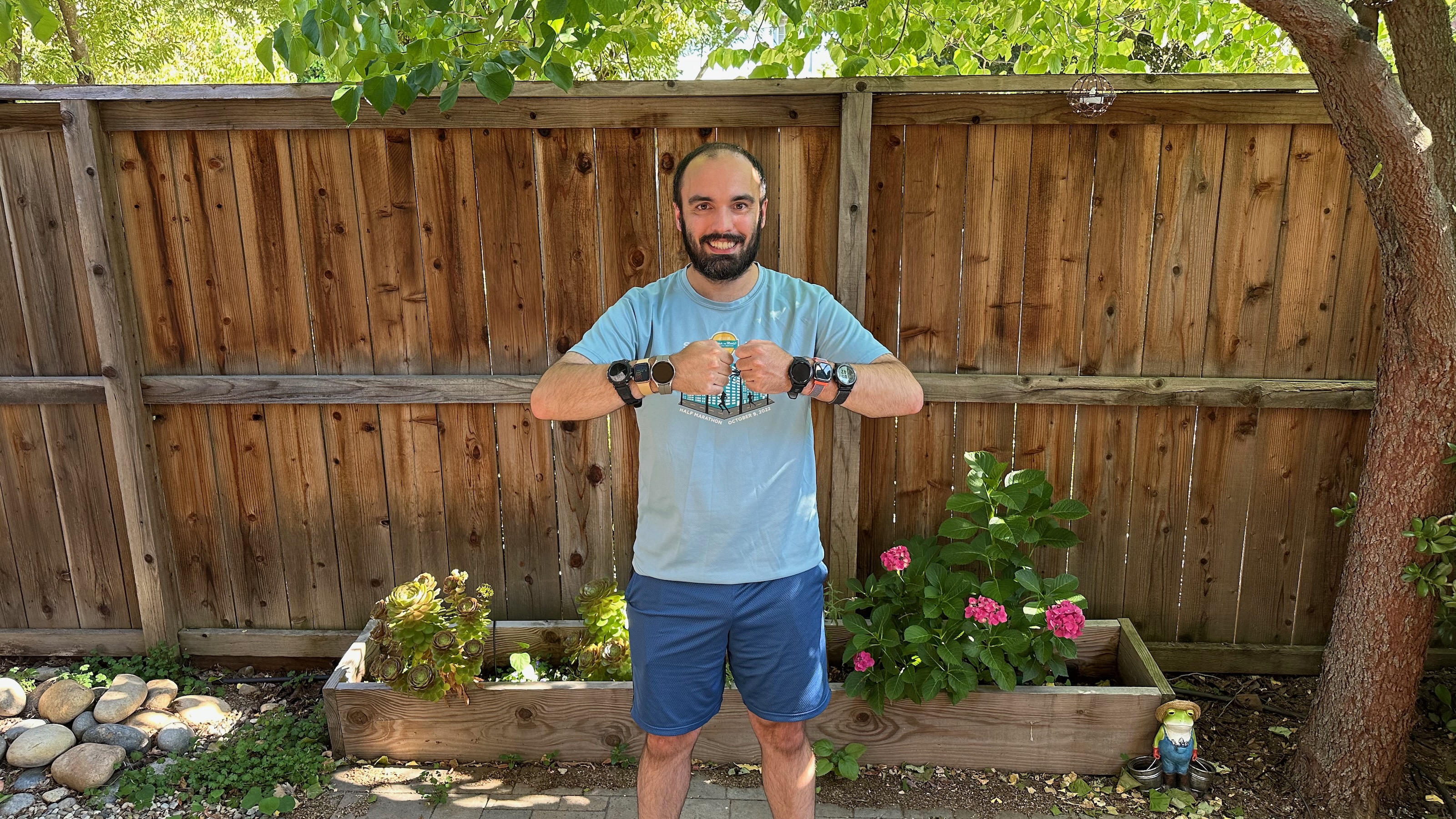
Back in July, I wore six smartwatches for 6,000 steps to test how accurate watches are for step-counting. In that article, I made an offhand comment that doctors recommend you get 10,000 steps a day, but without looking too deeply into that claim.
Several commenters kindly informed me that that number was a "marketing myth" cooked up by a Japanese fitness company in 1965. Supposedly, as little as 3,000 steps of fast walking, or 30 minutes of moderate-intensity activity a day, is more than enough, and the health impact of walking plateaus well before 10,000 steps.
Get the latest news from Android Central, your trusted companion in the world of Android
Surprised by this, I went digging for recent scientific data on the subject.
The Journal of American Medical Association performed a study that found significant health benefits to older people walking 10,000 steps, reducing cardiovascular disease, cancer, and overall chance of premature death. The NIH found that three months of 10,000 steps per day reduced middle-aged high blood pressure patients' average systolic score by about 10 points.
But did they need to hit 10,000 steps for this benefit?
Consumer Reports pointed me to several scientific studies that indicate the benefits of daily walking — reduced sleep apnea, reflux, dementia, depression, and obesity, for starters — but noted that for older patients, you get those same benefits with 6,000–8,000 steps. For younger subjects, the plateau came at 8,000–10,000 steps.
The New York Times made a similar argument. For people aged 70 and up, even 4,400 steps a day reduced their chance of death by 40% versus 2,200 daily steps. Switch to middle-aged subjects, however, and you needed 8,000 steps a day for a 50% mortality reduction compared to people taking 4,000 steps. Benefits beyond that were "slight."
So yes, 10,000 steps may be an arbitrary marketing number. But you have to get close to that number until you hit a certain 60-and-up age threshold where fewer steps have the same benefits.
In theory, you should aim for 8,000 steps per day for your long-term health. For this experiment, I chose to stick to 10,000, just to see how feasible it actually is in the midst of the day-to-day grind of work, household chores, and having a life.
My monthly walking/running stats
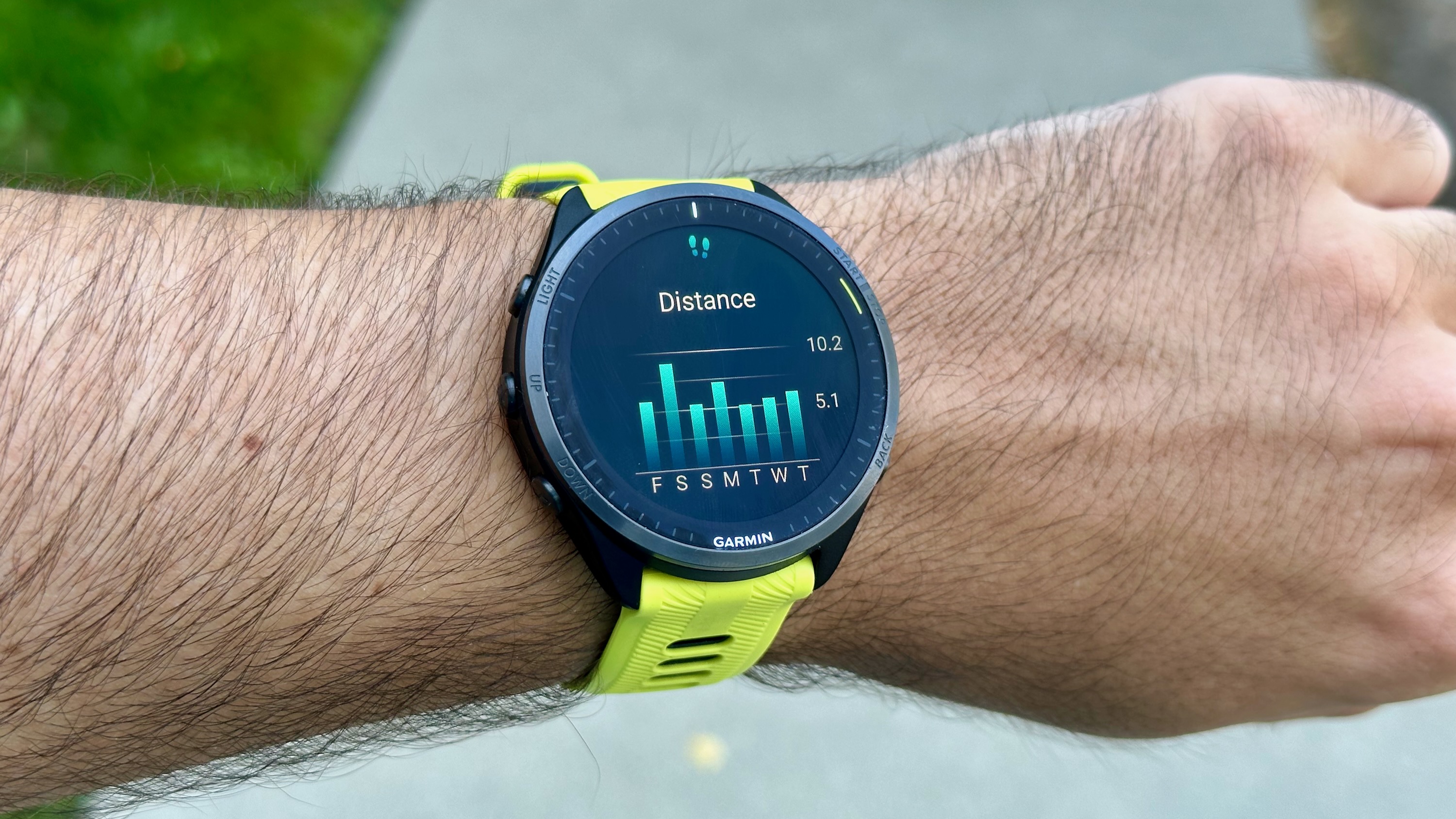
I set my Garmin Forerunner 965 with a daily walking goal of 10,250 steps. I chose that number to give me a small accuracy buffer; even though Garmin watches proved to be the most accurate in my step-counting test, any smartwatch will have false-positive steps throughout the day.
I typically found that I'd walk about 2,000 steps per mile — though this varied by pace — which meant I'd have to walk about 5 miles (give or take a half-mile) to hit 10,000 steps. I tried not to take random at-home steps into account for the sake of the experiment.
To hit a decent Zone 1 heart rate (50–60% of my maximum), I'd try to hit a 14-minute pace, but I often fell closer to 15–16 minutes per mile on post-run recovery days.
So this daily routine would take up about 70–80 minutes, plus the time it took to put on workout clothes, walk back home (since you'll rarely hit exactly 10,000 steps right as you reach home), shower, and so on. It can be a time suck, in other words.
By the end of the 31st day, I'd traversed 376,000 steps, or about 200 miles in total — which averages to about 1,900 steps per mile. Of these, about 65 miles specifically came from running, or about 1/3 of my total distance.
In other months, I averaged closer to 5,000–6,500 steps per day. My total distance was 80–100 miles, with about the same amount of running miles (50–60), making this August a major step up (pun intended).
Although I'm not sure how accurate Garmin's caloric estimates are, I'd typically burn about 500 calories by the end of my brisk 5-mile walk. Multiply that by 7 days, and you get 3,500 calories — the supposed number you need to lose to drop one pound. I'm not sure how true this metric is, but this experiment did correspond with some significant weight loss.
Health stats before and after my 10,000 steps per day
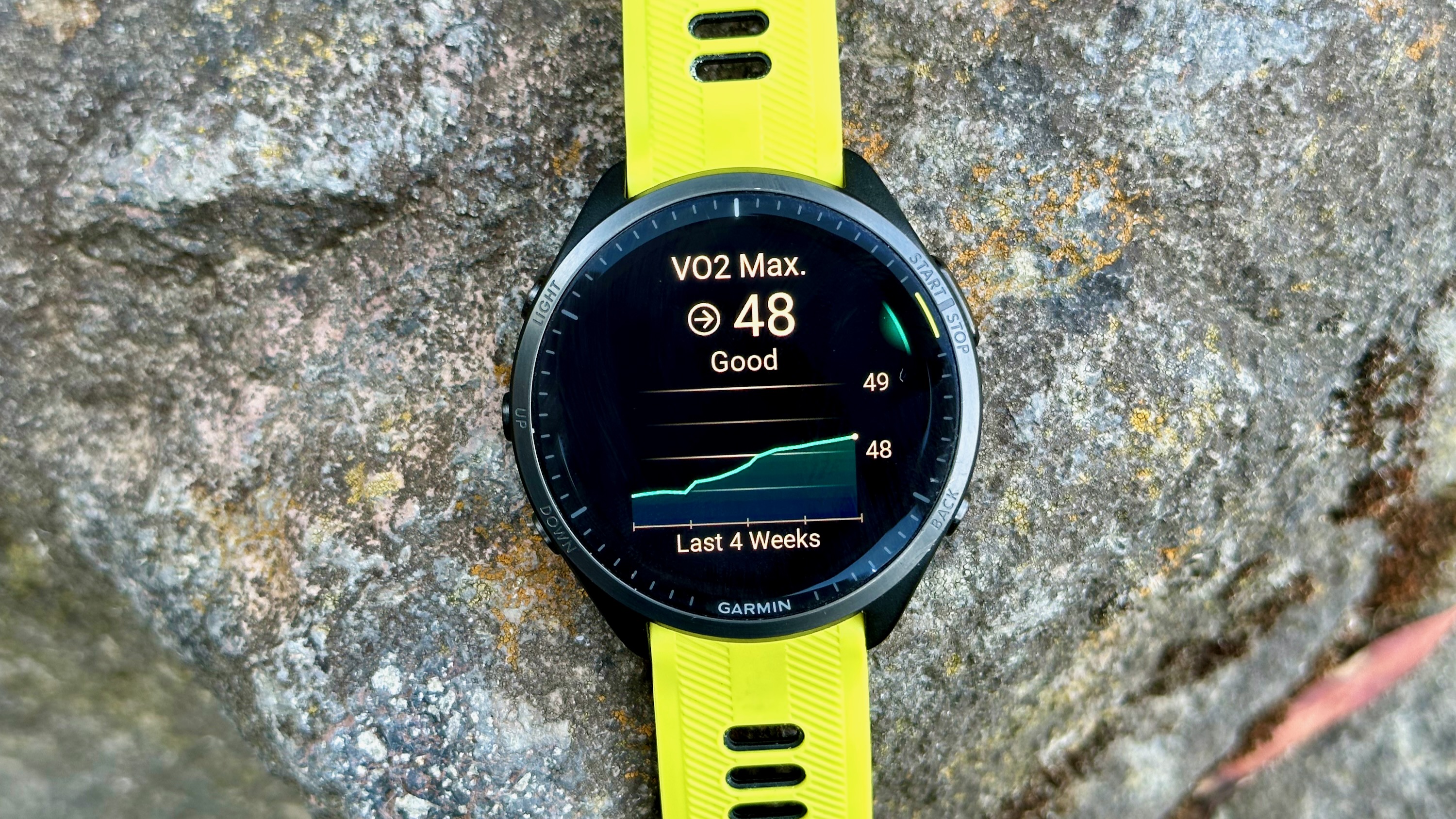
At the start of August, I weighed 217.6 pounds. By August 31, I weighed 210.6 pounds. In terms of body composition, I dropped from 25.4% to 23% body fat. The max "healthy" male percentage is 19%, so closing that body fat gap was really encouraging.
Generally speaking, I've been trying to cut down on snacking and drinking in the last couple of months, which I'm certain has something to do with my improving health — for instance, I lost two pounds in July. But to lose seven pounds this month, despite plenty of takeout and one brutally carb-loaded family dinner at Olive Garden, shows that the consistent walking and running made a real difference.
My cardiovascular health also improved. I don't have hard numbers because my runs skew Garmin's heart rate averages, but my resting heart rate when sitting at my desk dropped from the mid-to-high 60s to the low 60s and then to the high 50s by the end of the month.
Before my 10,000-step test, my morning blood pressure systolic readings averaged about 114–125. On August 31, I got a measurement of 109/65. My Garmin heart rate variance readings (lower HRV equals high-stress levels) have increased slightly, too.
One other benefit of walking every day was that it helped my body stretch out and recover after tough running days. Instead of always needing 1–2 rest days after a hard run, I've found I can now occasionally run two days in a row without suffering the effects of overtraining.
My VO2 Max has climbed from 47 to 48 in the last month, too. This is mostly thanks to my tougher running schedule with more anaerobic training at the track, to be fair. Yet I've found that if I walk thousands of steps after a hard run, I hit a higher heart rate zone than I would during a normal walk, giving me a useful low aerobic training load to boost my fitness.
To cut off the people who will argue that it was my running that improved my health: yes, of course it was, to an extent. But I've been running for years while remaining overweight for my height; it was a combination of running, persistent walking, and better eating habits that helped me to start trending downward for the first time.
The challenges of walking 10,000 steps every day
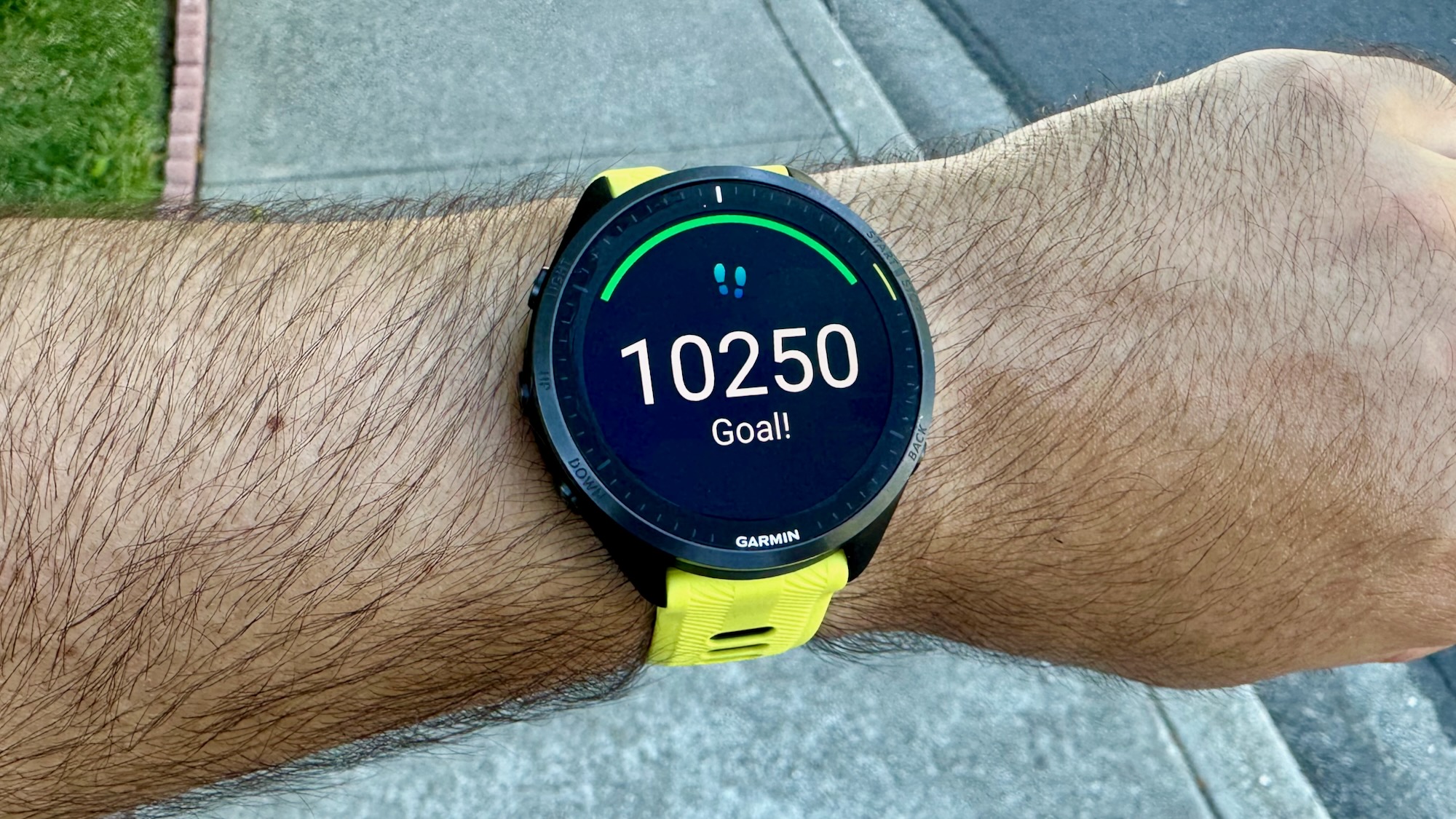
Choosing August to walk 10,000 steps a day was simultaneously the best and worst choice I could have made.
Longer days meant I had time to cook and eat dinner after work before going on an evening walk while avoiding oppressive sunlight. But I still felt quite sweaty thanks to the muggy weather. Maybe that made my walks more effective, but they could also be unpleasant.
The problem is, as the days get shorter, finding the right timing to walk during the work week is especially challenging when you're not a morning exercise person and do your fair share of house chores and cooking. Even in August, by the end of my 80-minute walks, it often got quite dark — and it'll get worse later in the year. I feel safe in my neighborhood, but not everyone will want to walk alone at night.
Also, anyone unused to frequent walking should prepare themselves for some nasty blisters and gnarly toenail problems. I will not be including photo evidence here; you're welcome.
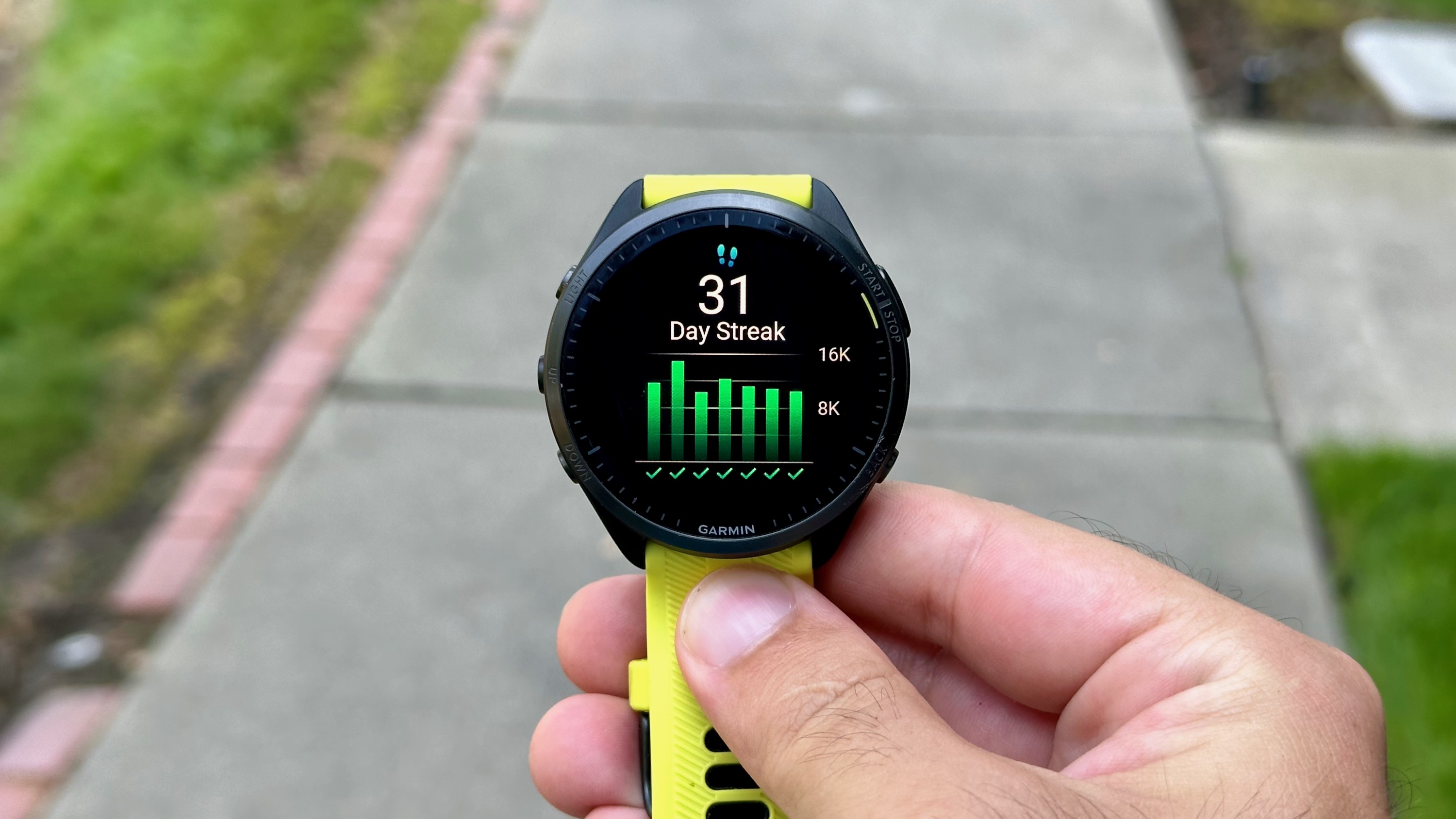
Maybe the biggest challenge I dealt with during my daily walks is that they get so boring after a while. Ninety minutes that I could have spent decompressing with video games or a good book is spent walking the same path over and over. I did my best to find audiobooks or podcasts to listen to and made a habit of calling family more often to try and fill in the minutes.
My other issue is that the more I got fit, the harder it was to walk fast enough to hit a Zone 1 heart rate. So even though I'm burning calories, I'm not sure whether or not it counts as "moderate activity" if my body isn't feeling especially tired from it.
My trick was to run or jog a couple of miles, which would get my heart rate up; then, so long as I kept moving, my walking heart rate needed more time to drop down to normal, making the same walking speed have more of an impact.
In the end, I'm probably going to keep up my habit of walking but give myself a couple of days off per month and set my step target lower — probably 7–8,000 — since my longer and more rigorous running days will balance them out and give me the intensity minutes I need.
Despite being a bit burned out by walking, I am grateful that this 10,000-steps-a-day experiment forced me to get more active on non-running days and help my body's short- and long-term health improve. Even though I don't like how smartwatches can guilt you into poor fitness choices, it turns out that my self-imposed pressure to keep my Garmin step-count streak alive was more of a positive than a negative.

Michael is Android Central's resident expert on wearables and fitness. Before joining Android Central, he freelanced for years at Techradar, Wareable, Windows Central, and Digital Trends. Channeling his love of running, he established himself as an expert on fitness watches, testing and reviewing models from Garmin, Fitbit, Samsung, Apple, COROS, Polar, Amazfit, Suunto, and more.
